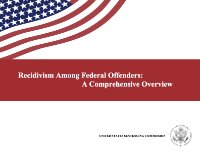By The American Civil Liberties Union
Today, the United States has just 5% of the world’s population but nearly 25% of the world’s prisoners. But it has not always been this way. Thanks to the “War on Drugs,” irrationally harsh sentencing regimes, and a refusal to consider evidence-based alternatives, the U.S. prison population grew by more than 700% between 1970 and 2009—far outpacing both population growth and crime rates.1 In the past decade, the growing criminalization of immigration has further contributed to this mass incarceration crisis. According to the nonpartisan Migration Policy Institute, U.S. Customs and Border Protection (CBP) now refers more cases for federal criminal prosecution than the FBI.2 Nationwide, more than half of all federal criminal prosecutions initiated in fiscal year 2013 were for unlawfully crossing the border into the United States—an act that has traditionally been treated as a civil offense resulting in deportation, rather than as a criminal act resulting in incarceration in a federal prison.3 This is dramatically changing who enters the federal prison system.4 The tipping point came in 2009, when more people entered federal prison for immigration offenses than for violent, weapons, and property offenses combined—and the number has continued to rise each year since.5 The criminalization of immigration also enriches the private prison industry. Once prosecuted, noncitizen federal prisoners are mostly segregated into thirteen “Criminal Alien Requirement” (CAR) prisons. The CAR prisons are unusual in three respects: they are some of the only
New York: ACLU,, 2014. 104p.





















